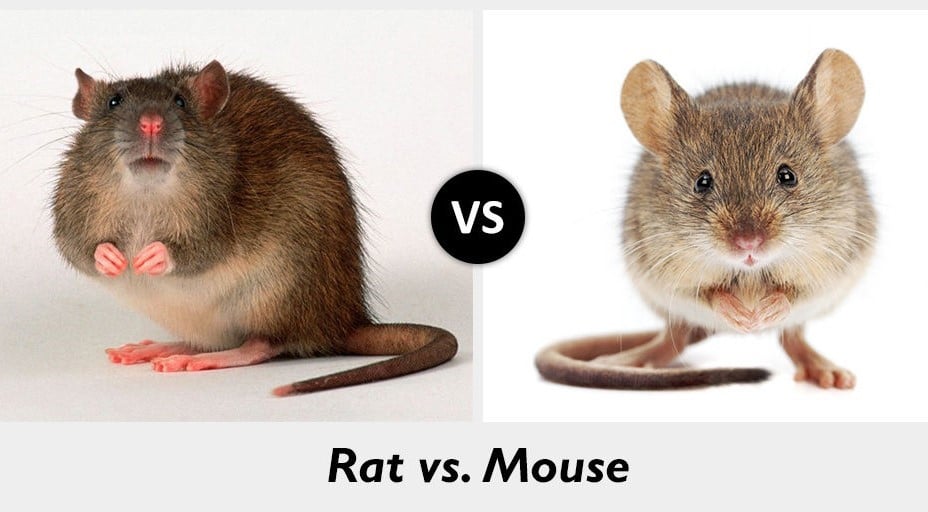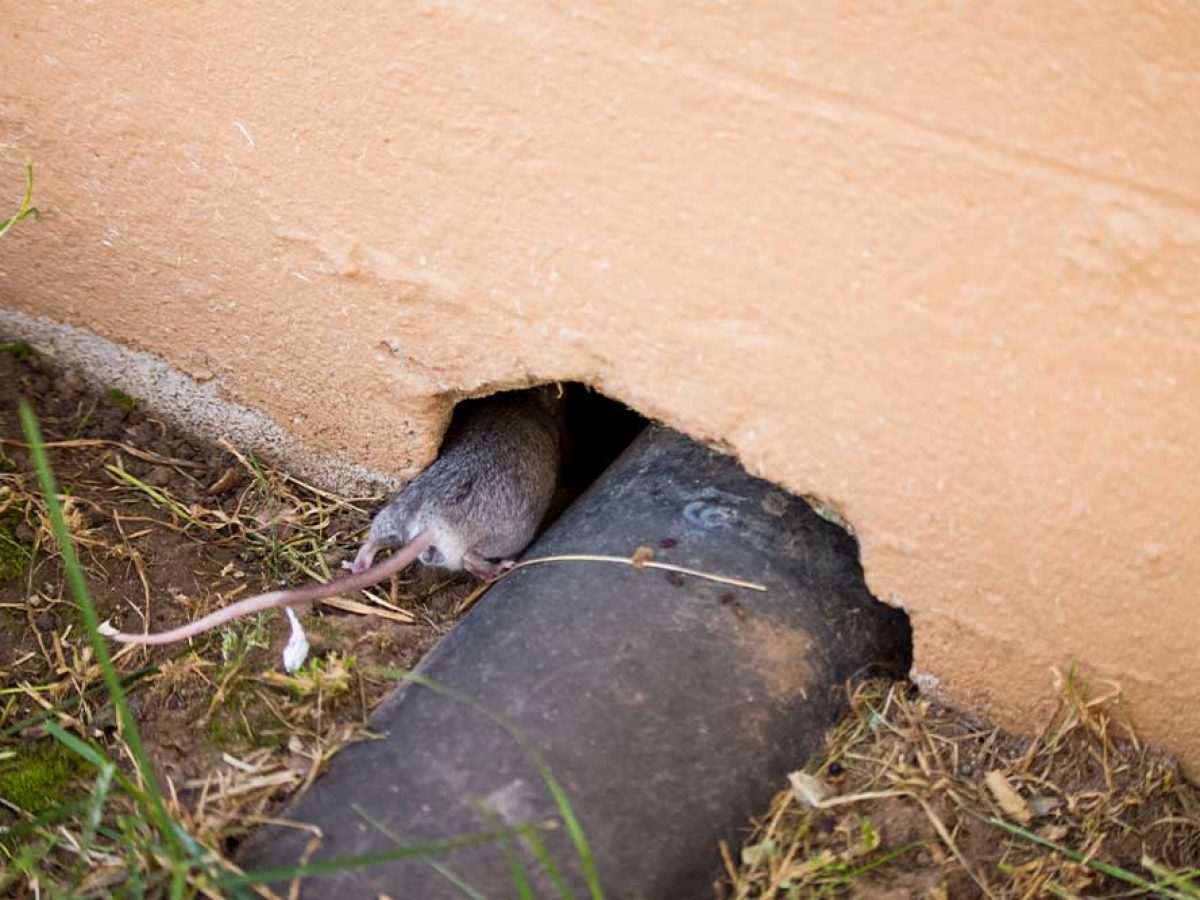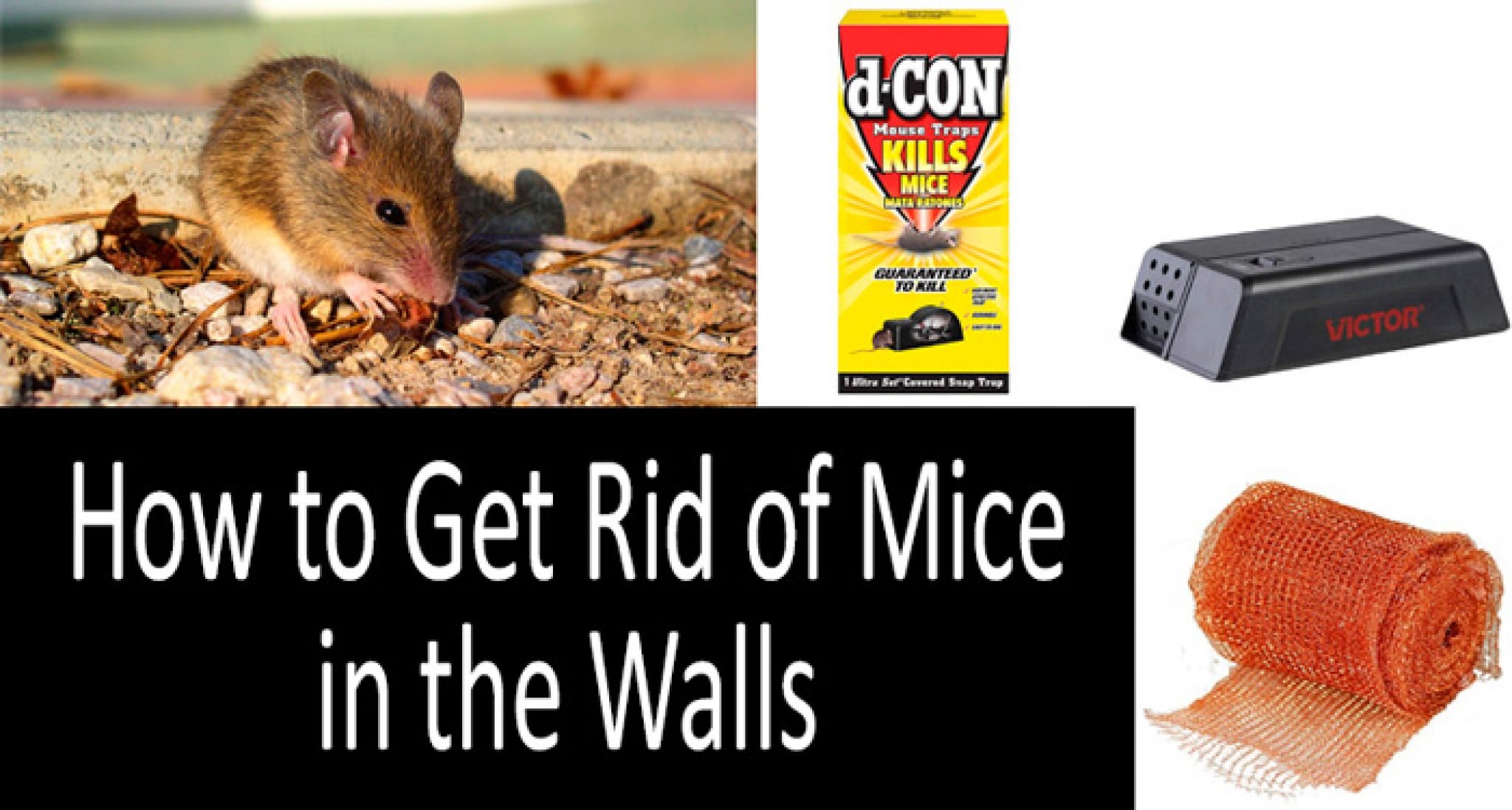Table Of Content

Mice can also slip into attics through gaps where the roof meets the walls. In some cases, mice may even be able to squeeze through gaps in windows and doorways that are not completely airtight. While it may seem simple enough, there is an effective way of placing mouse traps around the home. Lay the traps anywhere you see mice or signs such as rodent droppings or "rubbings" on baseboards and walls. Place the traps perpendicular to the walls, with the trigger section facing the baseboard. This will cause the mouse to run directly into the bait as it scurries along the walls, instead of running over the trap.
How to Get Rid of Mice, According to Experts - Good Housekeeping
How to Get Rid of Mice, According to Experts.
Posted: Fri, 29 Sep 2023 07:00:00 GMT [source]
Commonly Asked Questions and Facts About House Mice

They’ll also burrow into furniture to create their nests and can invade crawl spaces to form nests in your insulation. Mice have been known to settle in electrical appliances, causing appliances to short-circuit. When rodents are accessing the inside of your space, it is important to find where they are entering and seal those spaces up. Spray foam may fill the space but mice and rats can easily chew through it for re-entry.
Find their entry point.

By using cinnamon to repel mice, you may also help keep other pests away that dislike the spice, too. The long list of cinnamon-haters includes ants, mosquitoes, roaches, spiders, and more. Other than this, you are in no imminent danger from having a mouse, or mice in your house.
Subscriber Services
If you are dealing with a rodent issue or cleaning up a space with previous rodent activity, wear gloves and an approved mask or respirator to protect yourself. So if mice are not caught within the first days of trap placement, the trap (or mouse bait) should be moved. Peanut butter is a more effective bait than cheese at luring out mice. However, mice are attracted to a wide variety of foods, Remember to replace the bait every couple of days to keep it from getting too hard or stale.
As long as there is a rough surface to grab onto, mice will climb and claw their way through the pipes. Other water, like from your sink or toilet, is piped into the sewer system, as it needs to be treated before it can be released into the environment or repurposed. Well, eventually, the water has to lead somewhere, whether it be outside or into the sewers.
Just make sure you proceed with caution, regardless of whether you're tackling this process yourself or hiring an exterminator. Warberg Block recommends following the Centers for Disease Control and Prevention's (CDC) guides to properly exterminate on your own and clean up after the infestation. "If you do choose to use a trap, I advise using a humane live trap," she adds. Notice any gaps on your outer walls or holes beneath your deck? Mice have outstanding sensory abilities, particularly smell and temperature sensing. This means they can easily detect any openings where warm indoor air is flowing outside.
How to get rid of mice in your house - The Cincinnati Enquirer
How to get rid of mice in your house.
Posted: Mon, 25 Dec 2023 08:00:00 GMT [source]
By far the most humane way to get rid of mice is to use non-lethal, catch and release traps. These traps safely and effectively catch the mice and allow you to take them somewhere far from your home where you can safely release them. If the infestation is really serious and you have to kill the mice, traditional mousetraps kill them very quickly and they don’t suffer. Both rats and mice can cause structural damage to your home. Mice chew on almost anything they can use to build nests, including wood, cloth, books, insulation, and furniture.
Health Problems Fleas Cause In Pets
Once they’re in, mice can find spaces in the walls or rafters to build a nest. Remember, mice need to gnaw every day to file down their long, constantly growing front teeth. If you already have a mouse infestation, the above measures will only go so far.
However, sealing every hole may be impossible, especially in older homes. Both traps can be quite successful in getting rid of those pesky mice. Having mice in the home differs from having a squirrel, raccoon, opossum, or bat. If you decide to tackle the problem on your own, there are a few things you can do to make the process easier for yourself.
It’s difficult and time-consuming work, but it’s also easier and cheaper than other pest removal problems. The exact cost will depend on the severity of the infestation, the specific pest removal company you hire, and your location. With almost a decade of experience in the pest control industry, Joe is an expert in delivering effective pest and nuisance wildlife management solutions for homes and businesses. At Catseye, we have the knowledge, skills, and equipment to effectively handle any mice problems you might have. Combining our Mice and Rodent Control program and Cat-Guard Exclusion Systems, we ensure that any rodents in your home are removed, and your home is permanently sealed. Slanted basement doors on the outside of some houses allow for easy access and gaps between the two doors are often large enough for mice to sneak through.
If that’s the case, you’ll likely see the mouse during the day in heavily trafficked areas of your home. More often than not, if you see a mouse, it’s just one of many. If you saw the mouse at night, especially in places like the attic or a closet, you almost certainly have more than one. Exactly how many there is nearly impossible to determine, but you’ll want to take steps to remove them immediately. House mice have pointed snouts, hairless tails, and large, rounded ears.
This information will be invaluable in getting pesky rodents out of your home. Brick and mortar fireplaces also pose a problem for homeowners looking for a mouse-free house. The rough texture of the bricks can give mice enough of a grip to crawl up and down the chimney. Just like doors, windows can sit slightly crooked in the frame, giving mice a way inside. The space around the wiring may look small, but mice can fit through the smallest of spaces – ¼ inch! Vents help release air to the outside and keep air moving inside the house.
Remove clutter and trash from these places and make sure that any food in your pantry is sealed in airtight containers. Since mice can cause so many problems when they infest a home, it’s important to take preventative steps to keep them away. The very first thing to address is how they are getting inside. Look for any cracks, gaps or holes in the exterior of your home. You might find these in the eaves or the foundation, or around hose bibs or vents. Anything bigger than a pencil’s width needs to be closed off.
Humane traps allow you to release the mouse into the wild after you’ve caught it. Bait stations have poison baits that will kill mice over a few days. Always exercise caution when using mouse traps, especially if you have pets or small children. Mice can destroy insulation, chew through electrical wiring, and lead to serious illness. If you suspect a mouse infestation, take action quickly to avoid further property damage and sanitation concerns.
Some fireplaces are more likely to allow mice entry than others. Not all fireplaces are the old-fashioned brick-and-mortar chimney style. Unfortunately, mice can gain entry to your home using almost any type of fireplace. Mice can easily slip through vents that are not screened or covered properly. Don’t forget about your attic ridge vents or soffit vents as well. The especially vulnerable areas will be the cracks behind bushes or other landscaping plants that might obscure the opening.

No comments:
Post a Comment